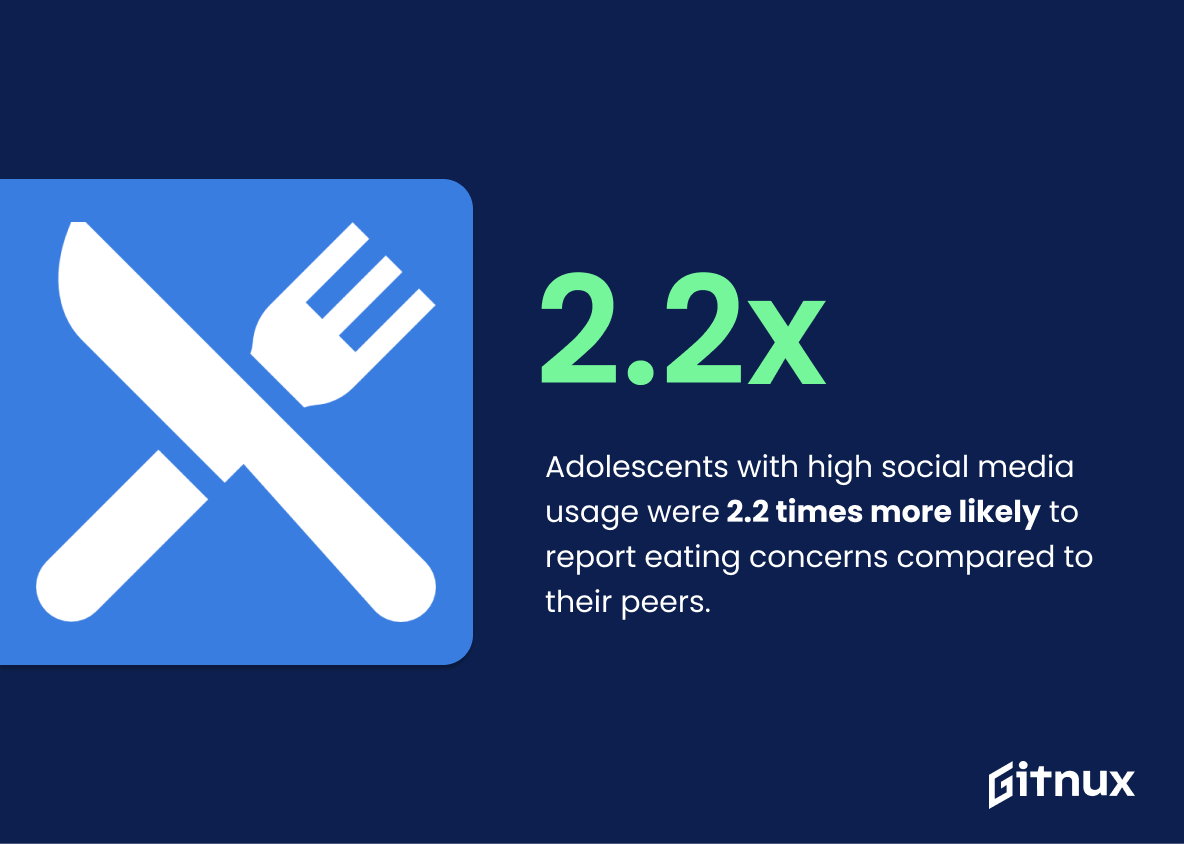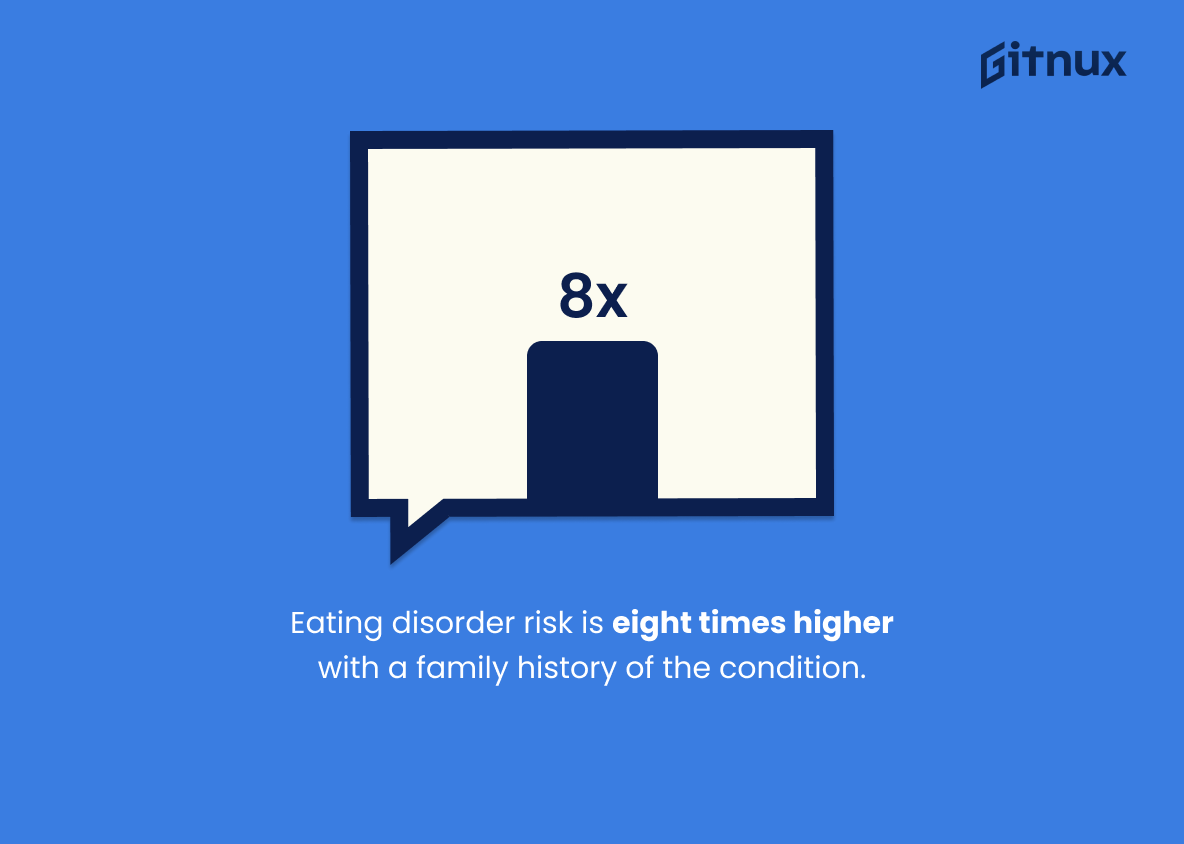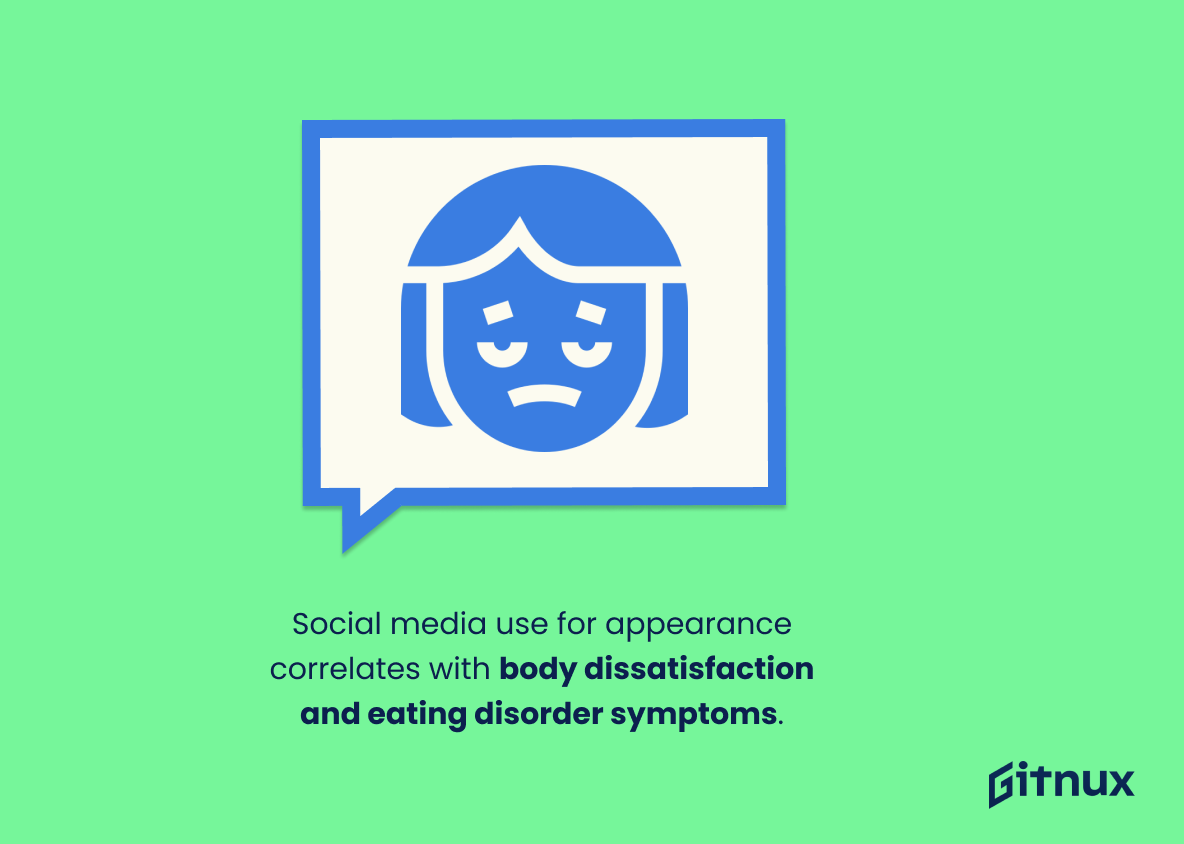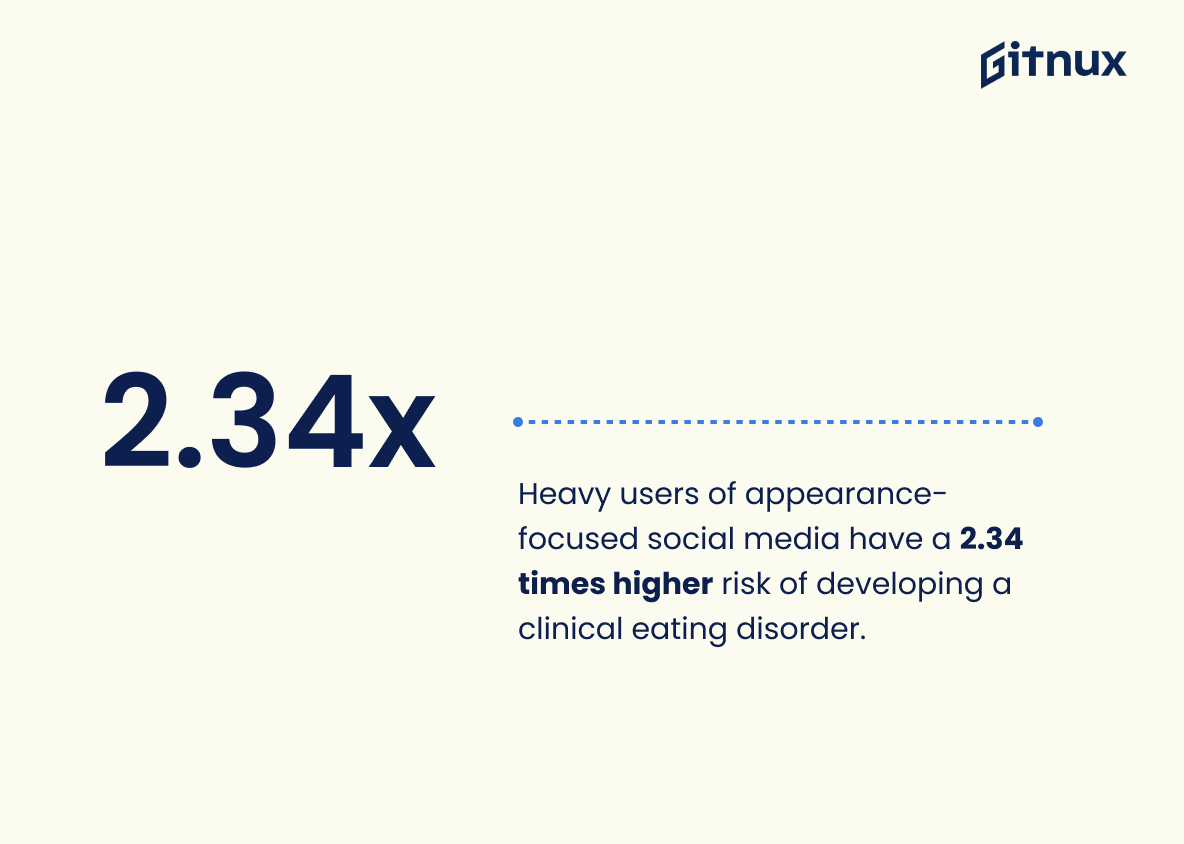The statistics surrounding media and eating disorders are alarming. 69% of women experienced an ideal body shape from media has influenced their feeling about their own body, while 69% of girls in 5th-12th grade reported that magazine pictures influenced their idea of a perfect body shape. Even more concerning is the statistic that 42% of 1st-3rd grade girls want to be thinner, and 53% of 13-year-old American girls are unhappy with their bodies – this number grows to 78% by age 17.
It’s no surprise then that over 80 percent Americans watch television daily, dedicating over 3 hours per day on average; or that 40 percent college women and 25 percent college men report using media as a source for information regarding body image; or even worse yet – adolescents with high social media usage were 2.2 times more likely to report eating concerns compared to peers without such use.
Furthermore, research shows the risk for developing an eating disorder increases eightfold when there is already someone in your family who suffers from one; 72.10 % variance can be attributed directly to mass media influence on cosmetics use; exposure “fitspiration” images correlated with greater dissatisfaction drive for thinness; 86 % female students surveyed were affected by slim figure ideals portrayed through various forms of digital content… The list goes on.
In conclusion: Social Media Use & Eating Disorders have become increasingly intertwined due its ability amplify negative self talk & unrealistic beauty standards which lead individuals down dangerous paths towards disordered behavior patterns like dieting intentions & clinical diagnosis’.
Media And Eating Disorder Statistics Overview
Adolescents with high social media usage were 2.2 times more likely to report eating concerns compared to their peers.
This statistic is a stark reminder of the potential dangers of social media usage among adolescents. It highlights the need for greater awareness of the correlation between social media usage and eating disorders, and the importance of educating young people on the risks associated with excessive social media use.
The risk of developing an eating disorder is eight times higher for people with a parent, sibling, or child with an eating disorder.
This statistic is a powerful reminder of the influence of genetics and family dynamics on the development of eating disorders. It highlights the importance of early intervention and prevention, as well as the need for families to be aware of the risks and to be proactive in seeking help if needed. This statistic is a stark reminder of the reality of eating disorders and the need for greater awareness and understanding of the issue.
The mass media are responsible for 72.10% of the variance in the use of cosmetics.
This statistic is a powerful reminder of the influence the mass media has on the use of cosmetics. It highlights the immense power of the media to shape and influence the decisions we make, particularly when it comes to our appearance. This is especially pertinent in the context of eating disorder statistics, as the media’s influence on body image and beauty standards can have a significant impact on how individuals view themselves and their bodies.
Exposure to “fitspiration” images on social media correlated with greater body dissatisfaction and drive for thinness.
This statistic is a stark reminder of the power of social media and its potential to influence our body image. It highlights the need for greater awareness of the impact of “fitspiration” images on our mental health, and the importance of creating a safe and positive online environment.
86% of female college students surveyed were influenced by media to have a slim figure.
This statistic is a powerful indicator of the influence media has on female college students and their body image. It speaks to the prevalence of eating disorders among this population, and the need for greater awareness and education about the dangers of media’s unrealistic beauty standards. It is a reminder that media has a significant impact on how young women view themselves and their bodies, and that this can have serious consequences.
Participants exposed to idealized Instagram images reported increased body dissatisfaction, dieting intentions, and negative affect.
This statistic is a stark reminder of the power of media to shape our perceptions of ourselves and our bodies. It highlights the potential for social media to have a negative impact on our mental health, particularly when it comes to body image and eating disorders. By exposing people to idealized images, it can lead to feelings of inadequacy and a desire to conform to unrealistic standards. This can have serious consequences, such as increased body dissatisfaction, dieting intentions, and negative affect.
Greater social media use for appearance-focused reasons is correlated with body dissatisfaction and eating disorder symptoms.
This statistic is a powerful reminder of the potential dangers of social media use when it comes to body image and eating disorders. It highlights the need for greater awareness of the potential risks of using social media for appearance-focused reasons, and the importance of taking steps to protect ourselves and our loved ones from the potential harms of such use. By understanding the correlation between social media use and body dissatisfaction and eating disorder symptoms, we can take steps to reduce the risk of developing an eating disorder or worsening existing symptoms.
Heavy users of appearance-focused social media have a 2.34 times higher risk of developing a clinical eating disorder.
This statistic is a stark reminder of the potential dangers of over-engaging with appearance-focused social media. It highlights the fact that heavy users of such platforms are at a significantly higher risk of developing a clinical eating disorder, and should serve as a warning to those who may be engaging in such activities.
Conclusion
The statistics presented in this blog post demonstrate the significant influence of media on eating disorder symptoms and body image. From young girls wanting to be thinner, to college students being influenced by media for a slim figure, it is clear that exposure to idealized images can have an adverse effect on individuals’ mental health. Social media use has been linked with increased risk of developing negative body image or disordered eating habits, as well as greater levels of dieting intentions and body dissatisfaction. It is important for people to recognize how their social media usage may affect them emotionally and take steps towards creating a healthier relationship with themselves and the content they consume online.
References
0. – https://www.pubmed.ncbi.nlm.nih.gov
1. – https://www.www.researchgate.net
2. – https://www.www.frontiersin.org
3. – https://www.www.tandfonline.com
4. – https://www.www.ncbi.nlm.nih.gov
5. – https://www.archive.lib.msu.edu
6. – https://www.www.mayoclinic.org








